Not just mice anymore. The eyes of primates made young.
A Harvard study found that a new gene therapy that reprograms cells to their younger state can reverse NAION-caused vision loss in primates.

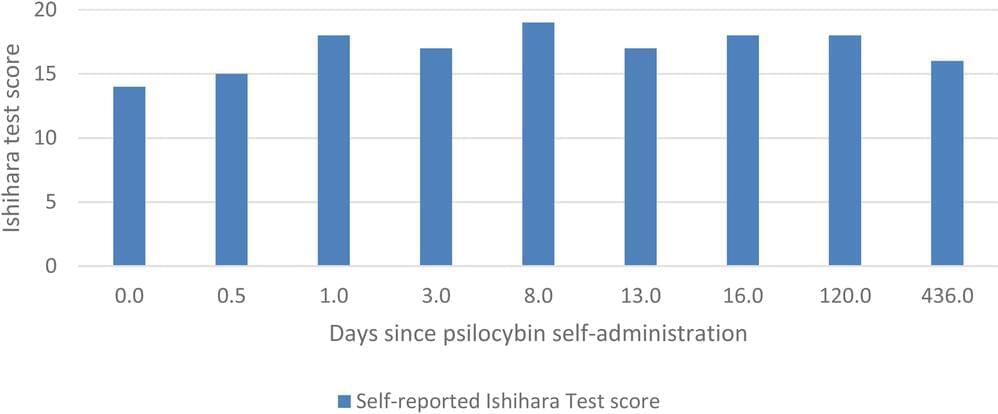
Researchers at the Department of Psychiatry and Psychology, Center for Behavioral Health, Neurological Institute at the Cleveland Clinic in Ohio have authored a case report on the positive effects of psilocybin on color blindness.
Published in the journal Drug Science, Policy and Law, the researchers highlight some implications surrounding a single reported vision improvement self-study by a colleague and cite other previous reports, illustrating a need to understand better how these psychedelics could be used in therapeutic settings.
Past reports have indicated that people with color vision deficiency (CVD), usually referred to as color blindness, experience better color vision after using lysergic acid diethylamide (LSD) or psilocybin (magic mushrooms). There is a lack of scientific evidence for these claims, as researching the effects of these drugs has been highly restricted.
Sound waves can cross the blood-brain barrier and could deliver chemotherapy to complex and treatment-resistant glioblastomas.
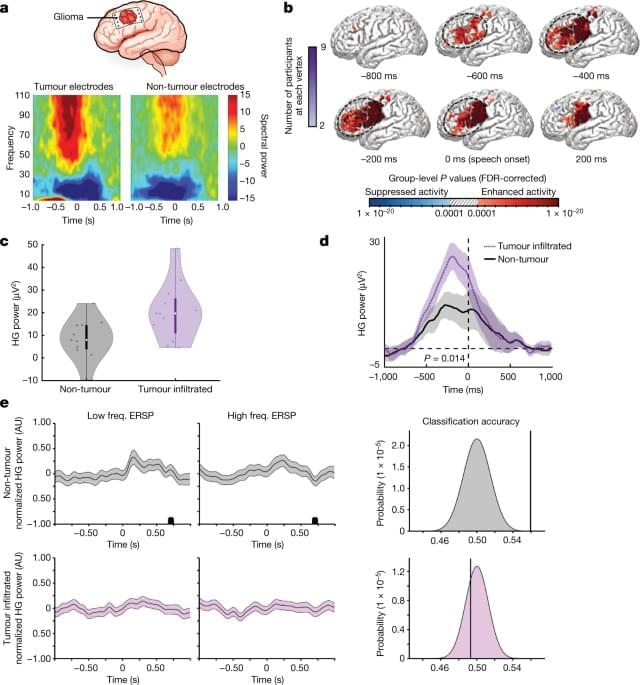
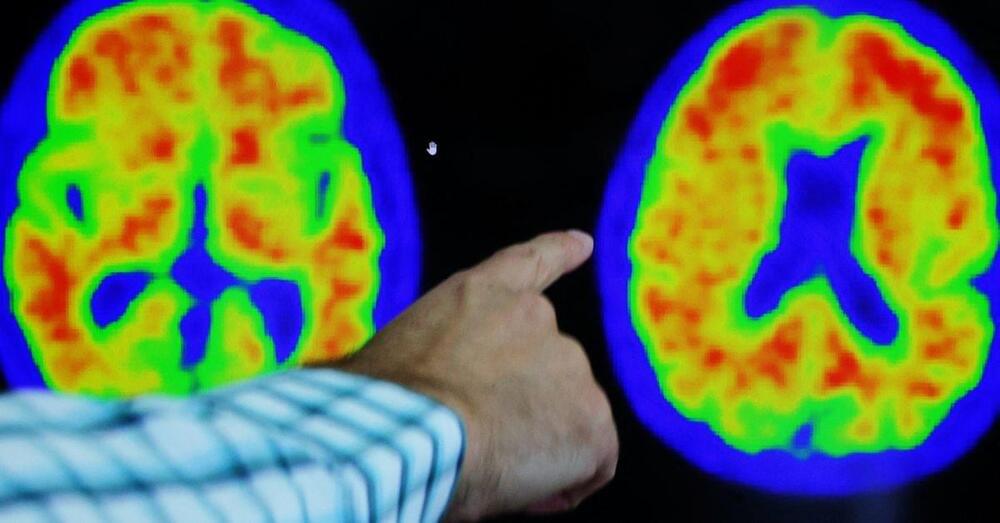
CHICAGO, May 3 (Reuters) — An experimental Alzheimer’s drug developed by Eli Lilly and Co (LLY.N) slowed cognitive decline by 35% in a late-stage trial, the company said on Wednesday, providing what experts say is the strongest evidence yet that removing sticky amyloid plaques from the brain benefits patients with the fatal disease.
Lilly’s drug, donanemab, met all goals of the trial, the company said. It slowed progression of Alzheimer’s by 35% compared to a placebo in 1,182 people with early-stage disease whose brains had deposits of two key Alzheimer’s proteins, beta amyloid as well as intermediate levels of tau, a protein linked with disease progression and brain cell death.
The study also evaluated the drug in 552 patients with high levels of tau and found that when both groups were combined, donanemab slowed progression by 29% based on a commonly used scale of dementia progression known as the Clinical Dementia Rating Scale (CDR-SB).
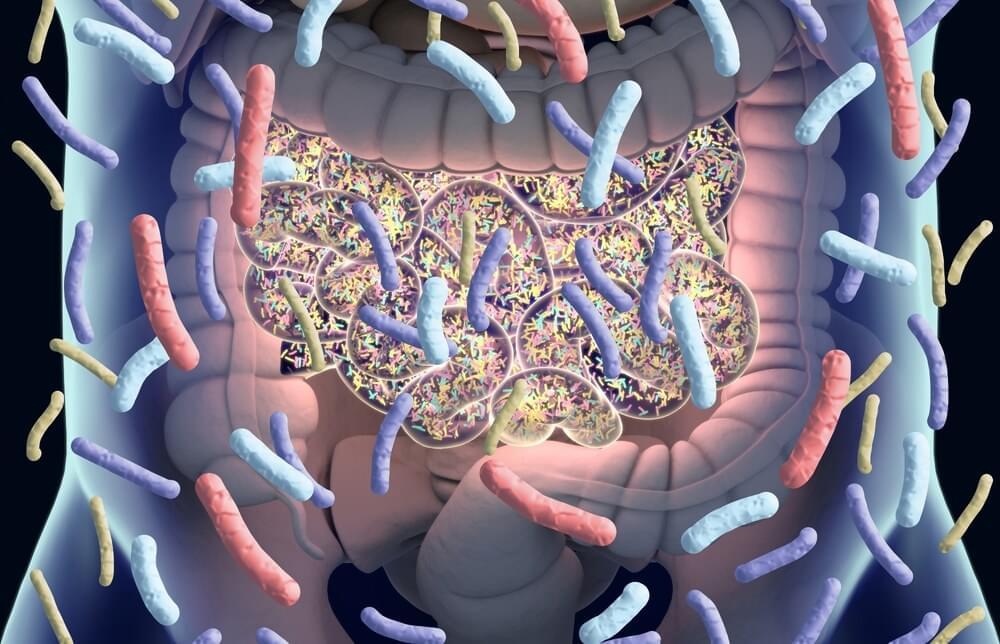
In a recent article published in the journal Nature Communications, researchers performed a large cross-sectional study to profile gut microbiota dysbiosis across prodromal and early stages of Parkinson’s disease (PD), REM sleep behavior disorder (RBD), first-degree relatives of RBD (RBD-FDR), and healthy controls.
Study: Gut microbiome dysbiosis across early Parkinson’s disease, REM sleep behavior disorder and their first-degree relatives. Image Credit: Anatomy Image / Shutterstock.
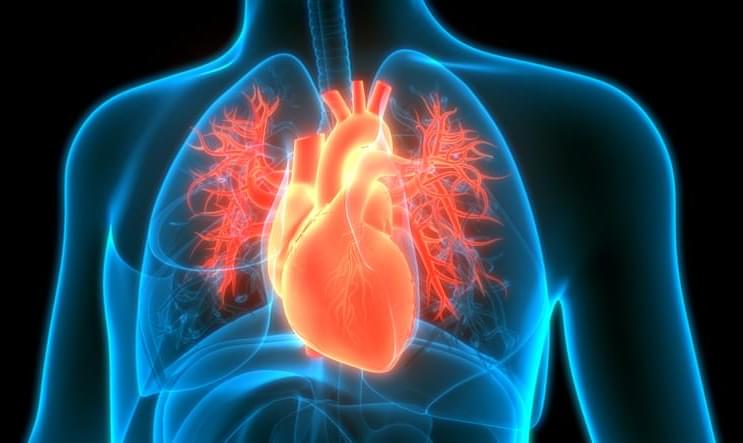
Magenta Medical — an Israeli company developing what it bills as “the world’s smallest heart pump” — closed a $55 million financing round on Wednesday.
The round was led by OrbiMed, with participation from New Enterprise Associates, Pitango and Alive Israel HealthTech Fund. Magenta did not disclose how much the company has raised to date.
The new funding will be used primarily to help the medtech company attain FDA approval for its flagship product — a percutaneous left ventricular assist device called Elevate.
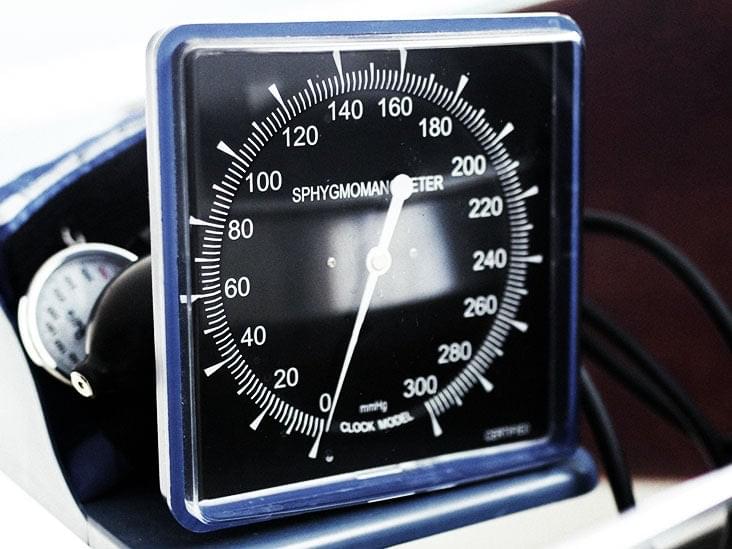
An effort led by researchers in the Perelman School of Medicine at the University of Pennsylvania has developed a new risk model for cardiovascular disease in CKD patients. The researchers say it is more accurate than current methods of measuring cardiac risk in these individuals.
A paper about the research was published in European Heart Journal.
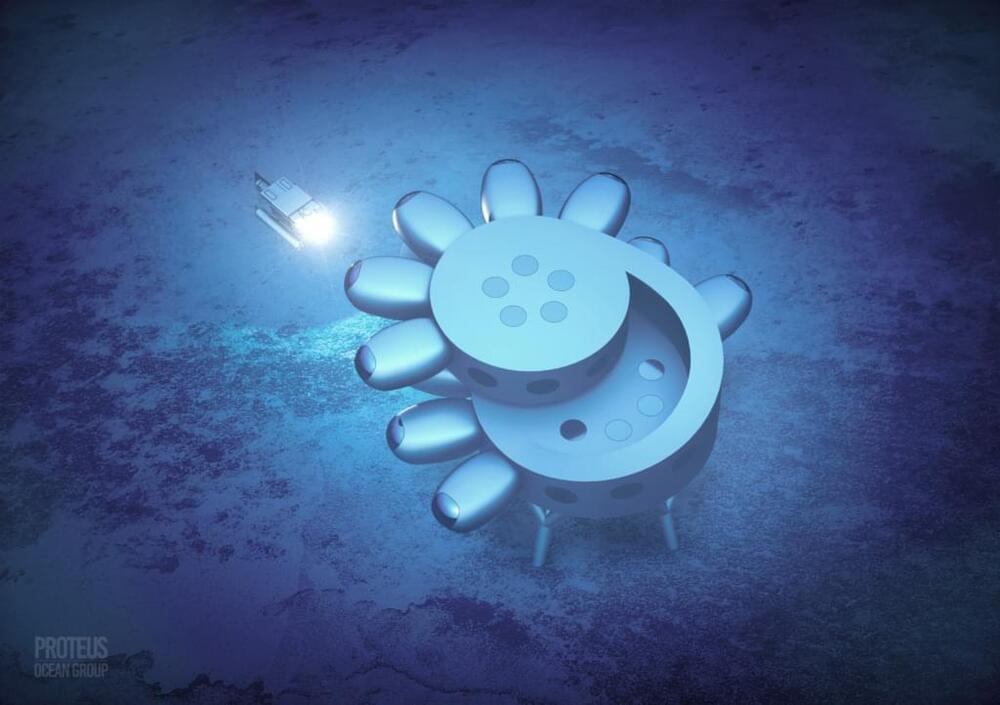
Today, the National Oceanic and Atmospheric Administration announced that it will be signing a new research agreement with Proteus Ocean Group, which has been drawing up ambitious plans to build a roomy underwater research facility that can host scientists for long stays while they study the marine environment up close.
The facility, called Proteus, is the brainchild of Fabien Cousteau, the grandson of Jacques Cousteau.
“On PROTEUS™ we will have unbridled access to the ocean 24/7, making possible long-term studies with continuous human observation and experimentation,” Cousteau, founder of Proteus Ocean Group, said in a press release. “With NOAA’s collaboration, the discoveries we can make — in relation to climate refugia, super corals, life-saving drugs, micro environmental data tied to climate events and many others — will be truly groundbreaking. We look forward to sharing those stories with the world.”
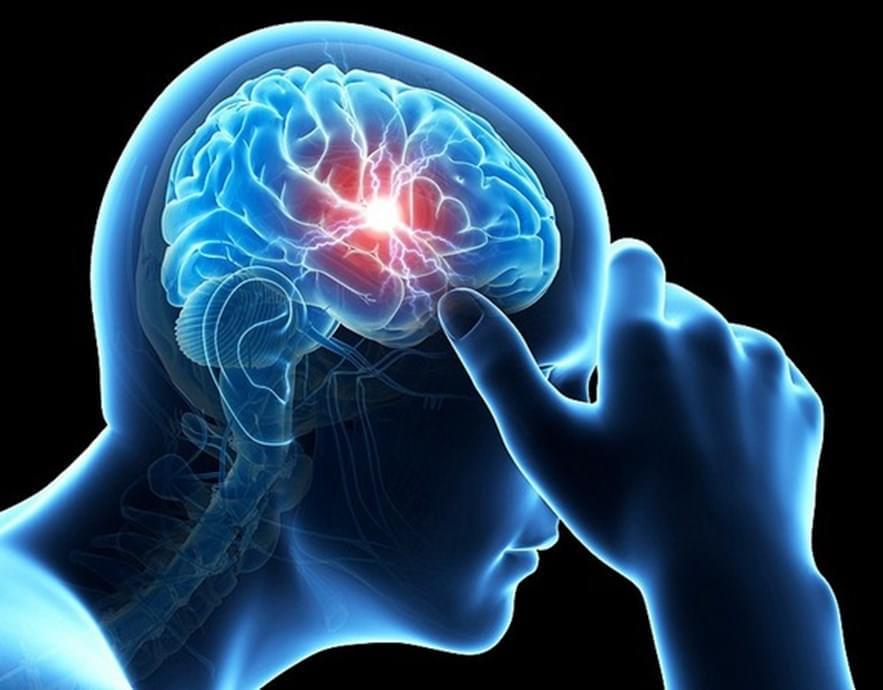
Our research found that concussion was associated with increased functional connectivity between the thalamus and the rest of the brain very shortly after injury, when compared to 76 healthy control subjects.
In other words, the thalamus was trying to communicate more as a result of the injury. This was despite routine MRI and CT imaging showing no structural changes in the brain.
While many of us would assume that more connectivity in the brain is a good thing, research looking at more severe head injuries indicates that greater connectivity between brain regions might actually be a sign of the brain trying to compensate and offset damage across the brain.